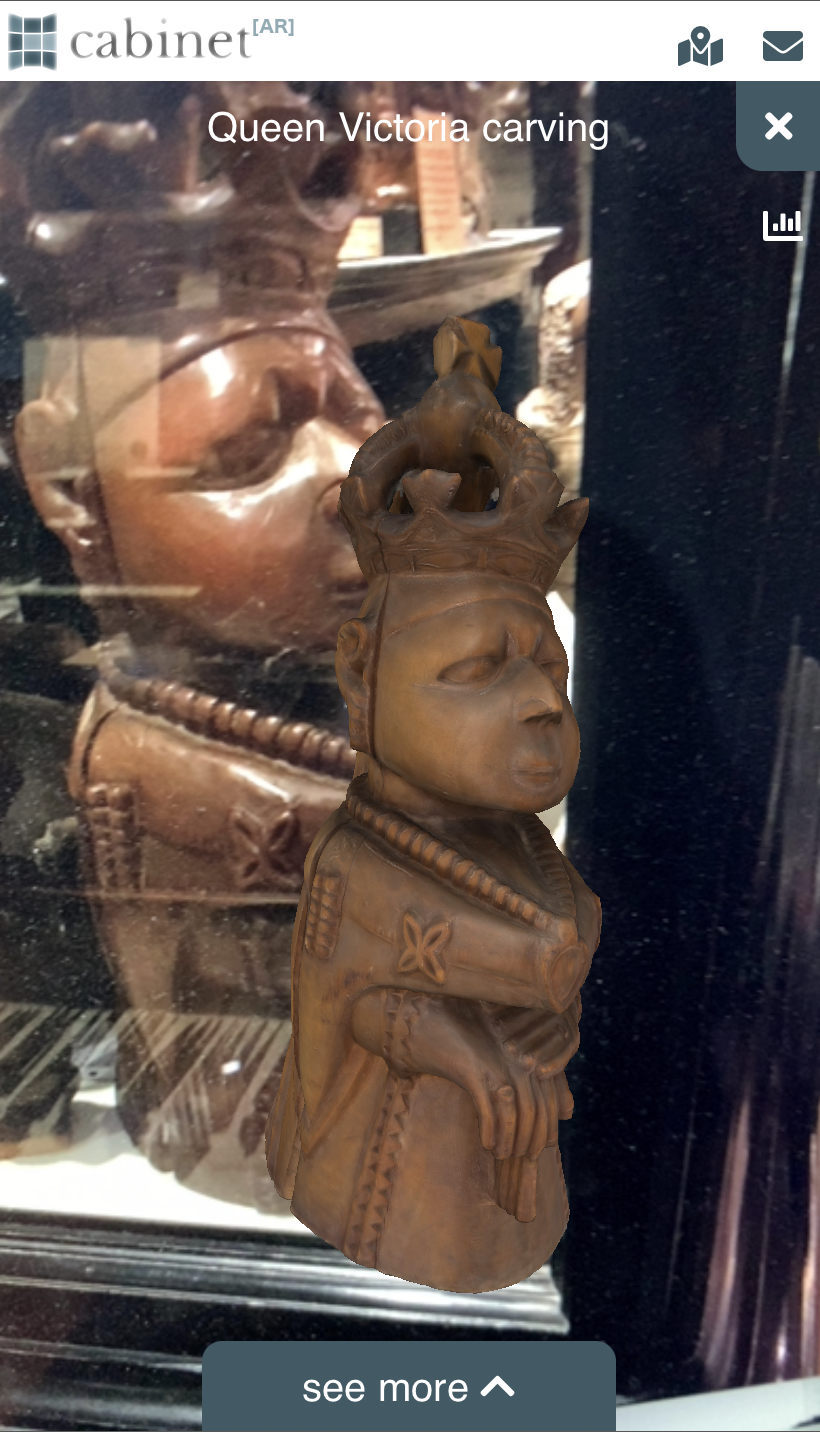Cabinet: bringing objects to life
Only a small fraction of the University’s rich collections is ever on display at one time; when items are displayed, they are often kept behind glass.
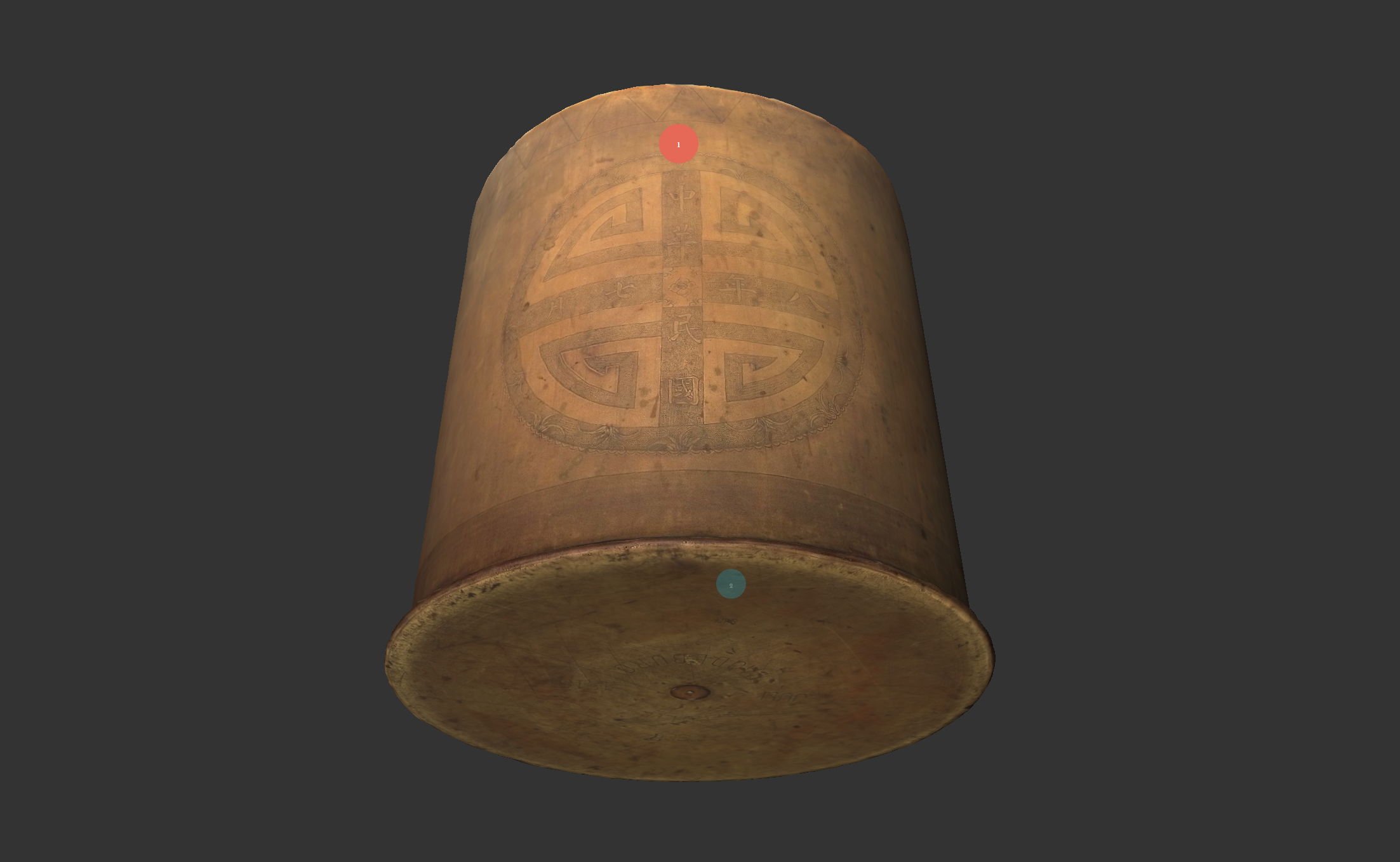
While helping preserve rare and fragile objects over centuries, these practices also make them less accessible. Oxford’s Cabinet project is an award-winning digital platform that aims to help users get up close to such objects.
Cabinet provides a tool with which scholars can collaborate in weaving together innovative teaching and learning materials – including high-resolution, zoomable and annotatable 2D and 3D images of objects from the University’s museum and library collections, along with embedded videos, commentary and discussions. Students can access the platform from their own devices anywhere and any time, in and outside the lecture hall, classroom or tutorial, zooming in to explore minute details. Added film and audio content allows for accessible explanations of what the object can tell us about the time and place in which it was created.
These open-access materials can help attract non-traditional students, narrow the gap between teaching and research, provide new means of demonstrating institutional commitment to excellence in teaching, and engage those outside formal education altogether.
Cabinet transforms access to museum objects in the same way that digital libraries have transformed access to texts. A prime example is Professor Christine Gerrard’s prize-winning work on Cabinet, which enabled her to showcase key objects that amplified representations of Ancient Greece and Rome in 18th-century literature and culture. Having selected and digitised the objects as part of an Ashmolean Faculty Fellowship, Professor Gerrard annotated and presented them in Cabinet, sharing them with 280 students. Students praised her teaching, and her ability to tie literature into historical context, while attendance at her lectures was consistently high. Professor Gerrard said: ‘Working with Cabinet was like working in brilliant technicolour after having been toiling away in monochrome.’
Additional functionality enriches the learning experience further. New notes and discussion points can be added to the objects on Cabinet by multiple users. The resulting materials can be easily updated and linked together on different learning pathways, from introductory to in-depth. This means Cabinet allows teachers to create courses that are more collaborative and agile, constantly evolving with new discoveries and fresh debates.
Cabinet also gives students more control and ownership over their own learning. They can access multiple views of the same object; easily choose where they want to dive deeper into a topic; and answer questions or record their own observations in discussion areas. The gap between teaching and research is narrowed.
Users can add and view annotations, as on this illumination of a zodiac man from the Bodleian Library (MS. Ashmole 391(5))
Users can add and view annotations, as on this illumination of a zodiac man from the Bodleian Library (MS. Ashmole 391(5))
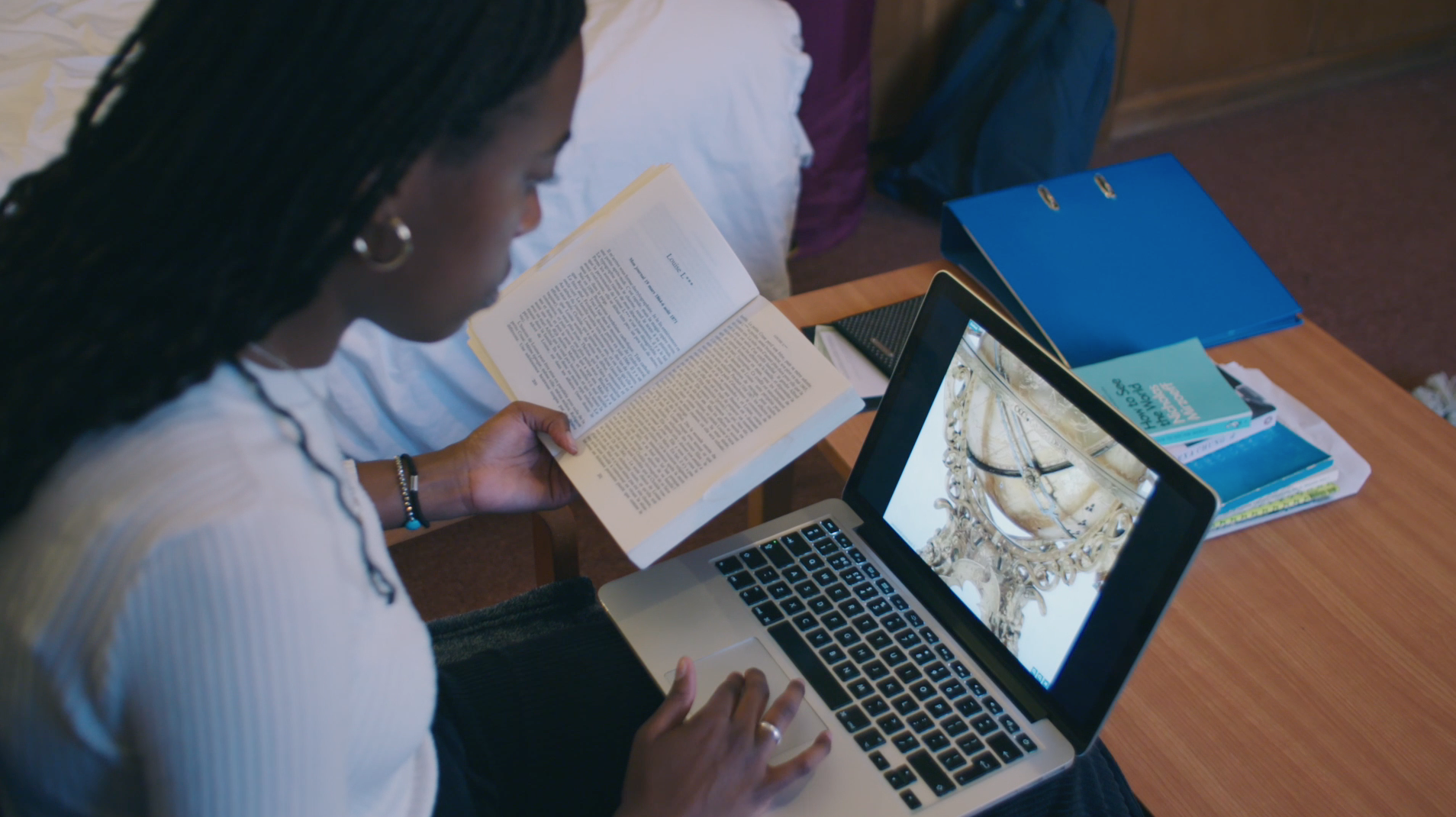
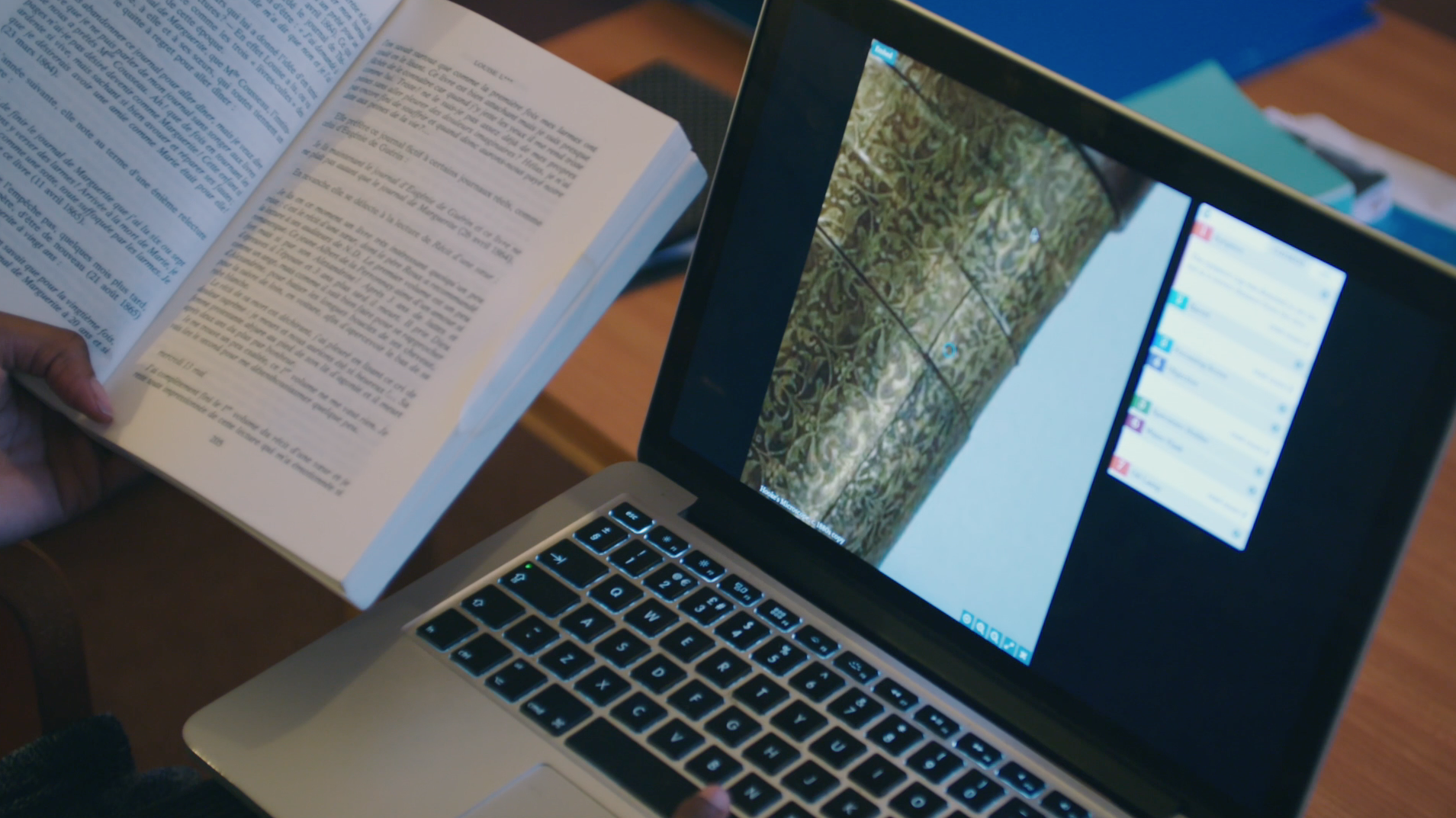
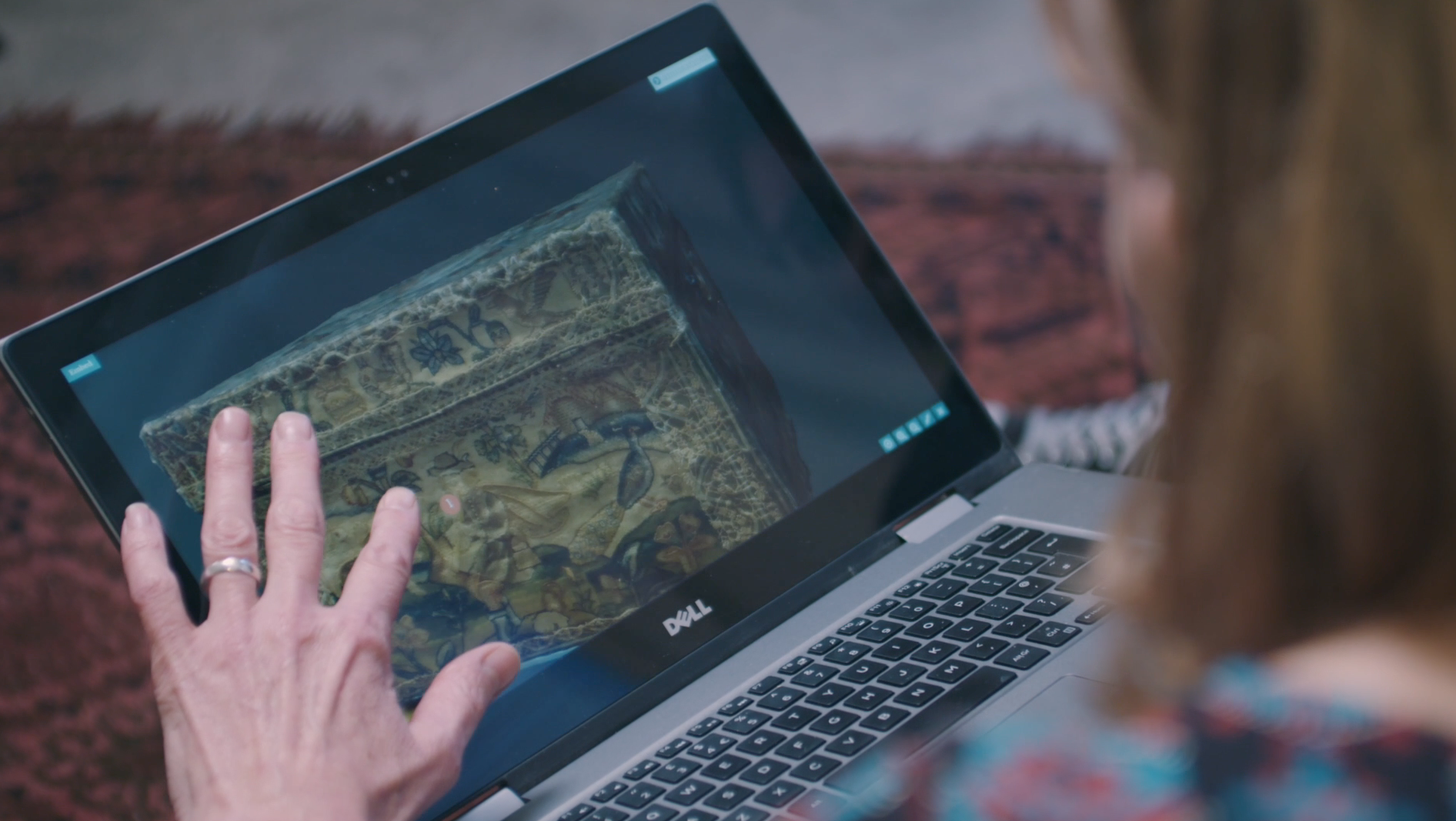
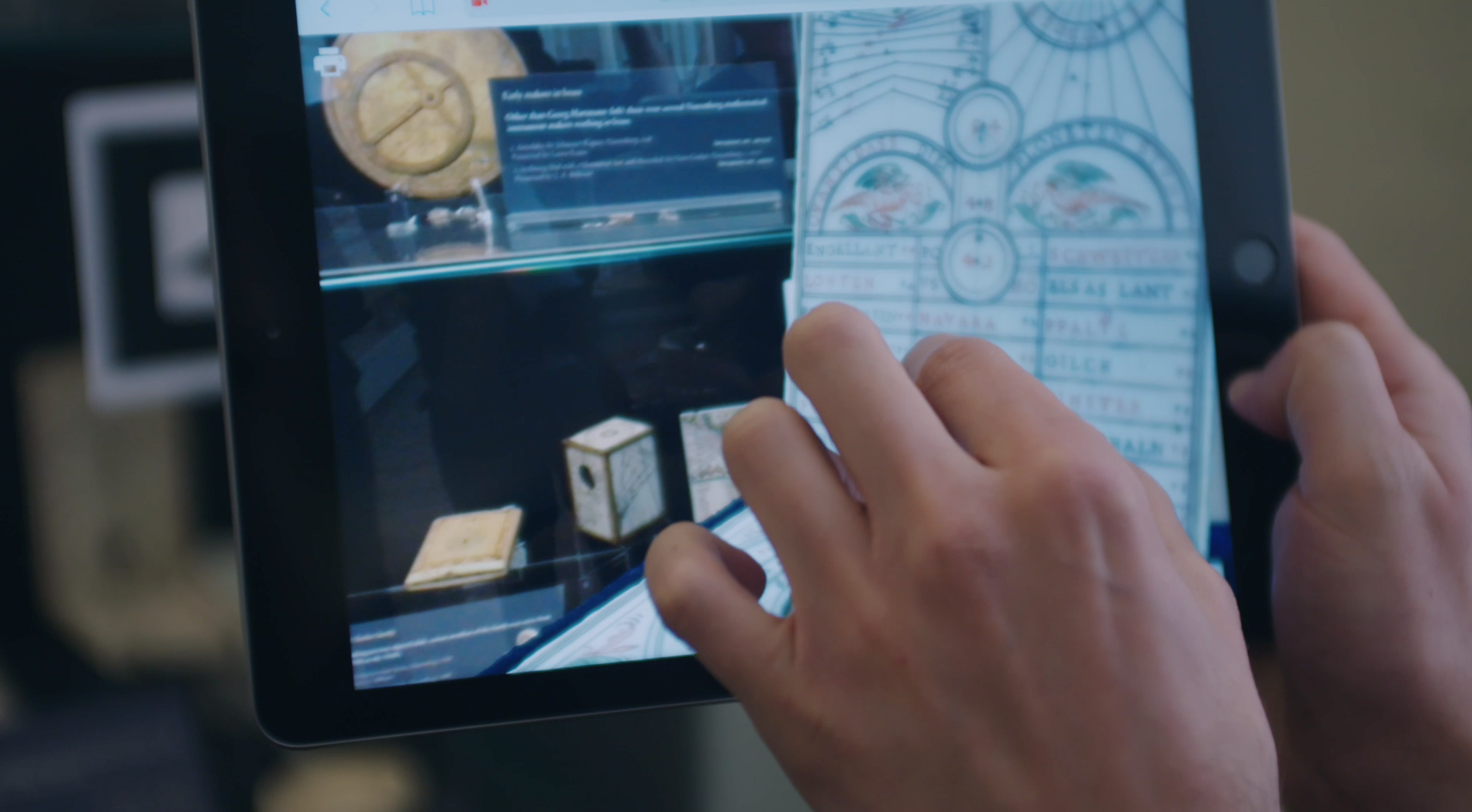




Although originally designed to facilitate the use of the University’s collections in teaching, Cabinet’s range of applications has rapidly expanded. 'We have discovered wonderful, multimedia learning resources on just about every topic scattered across the internet,' explains Professor Howard Hotson, one of the architects of Cabinet.
'Cabinet provides an ideal platform for knitting them together with expert commentary and putting them to use.'
Professor Hotson also sees the platform’s use at pre-university levels as a means of increasing access and widening participation. Creating material for established GCSE and A-Level curricula, and linking them through to material designed for Oxford undergraduates, can inspire the most intellectually adventurous students from any background to think that they could thrive in Oxford’s educational environment.
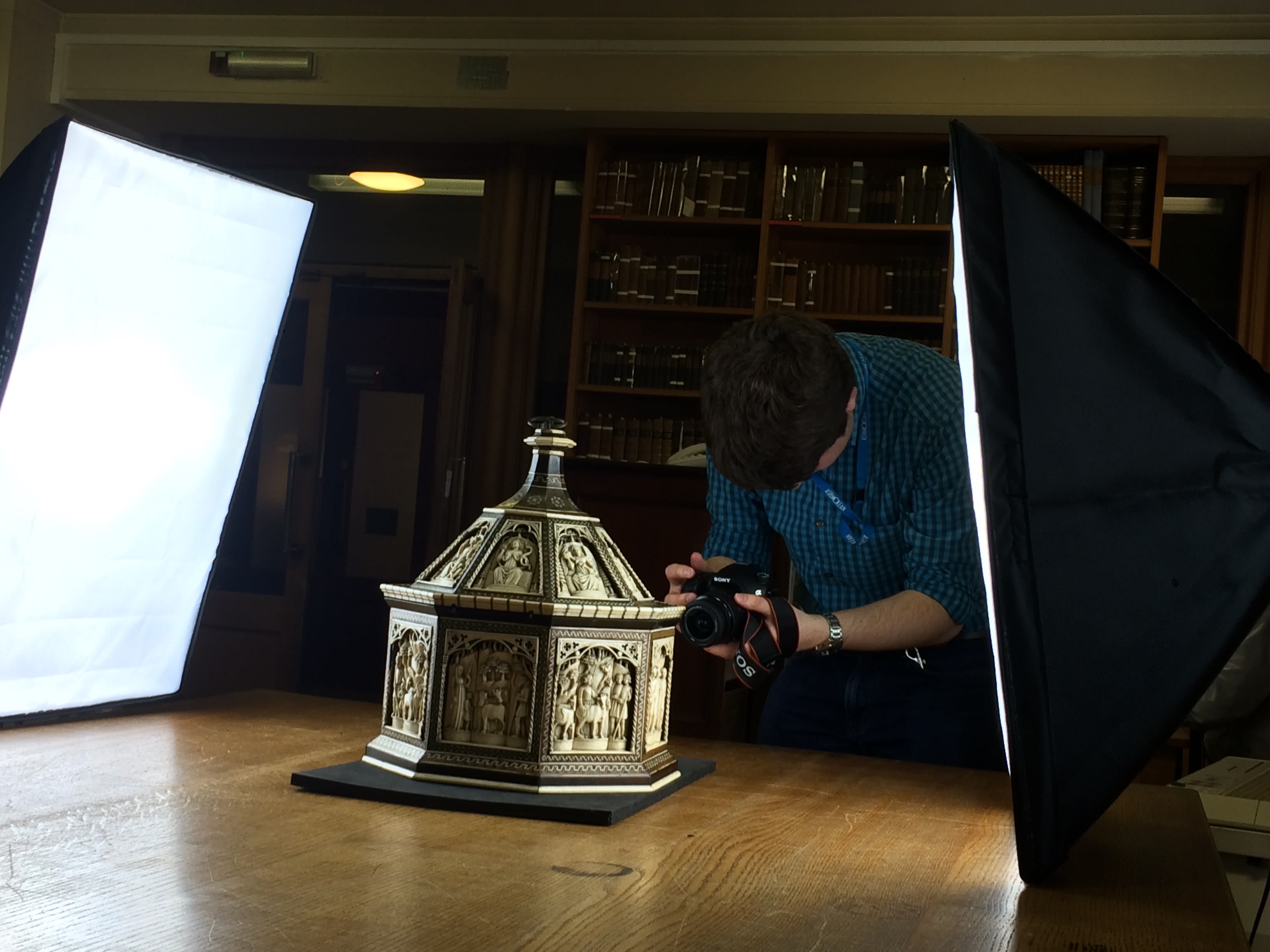
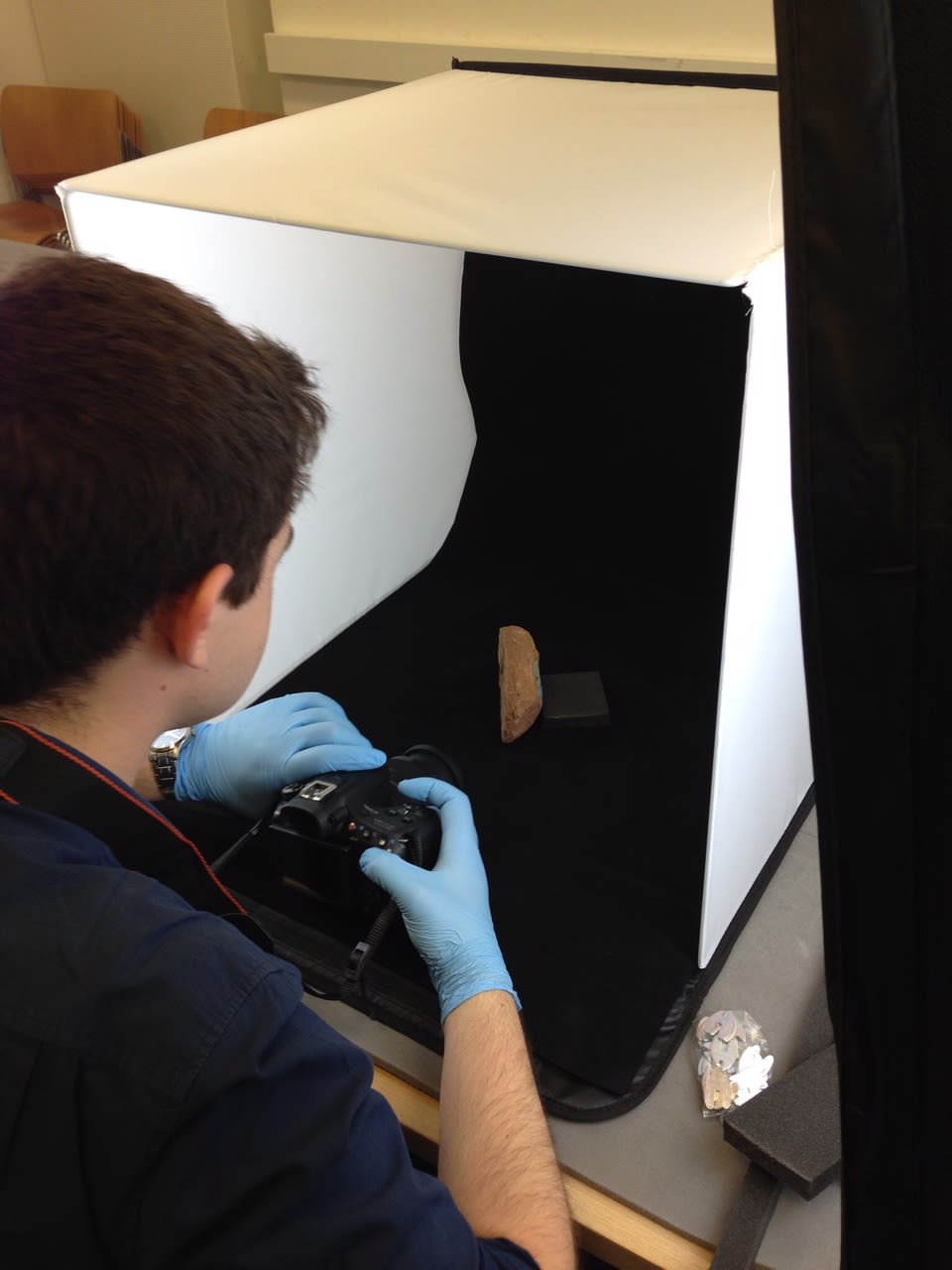
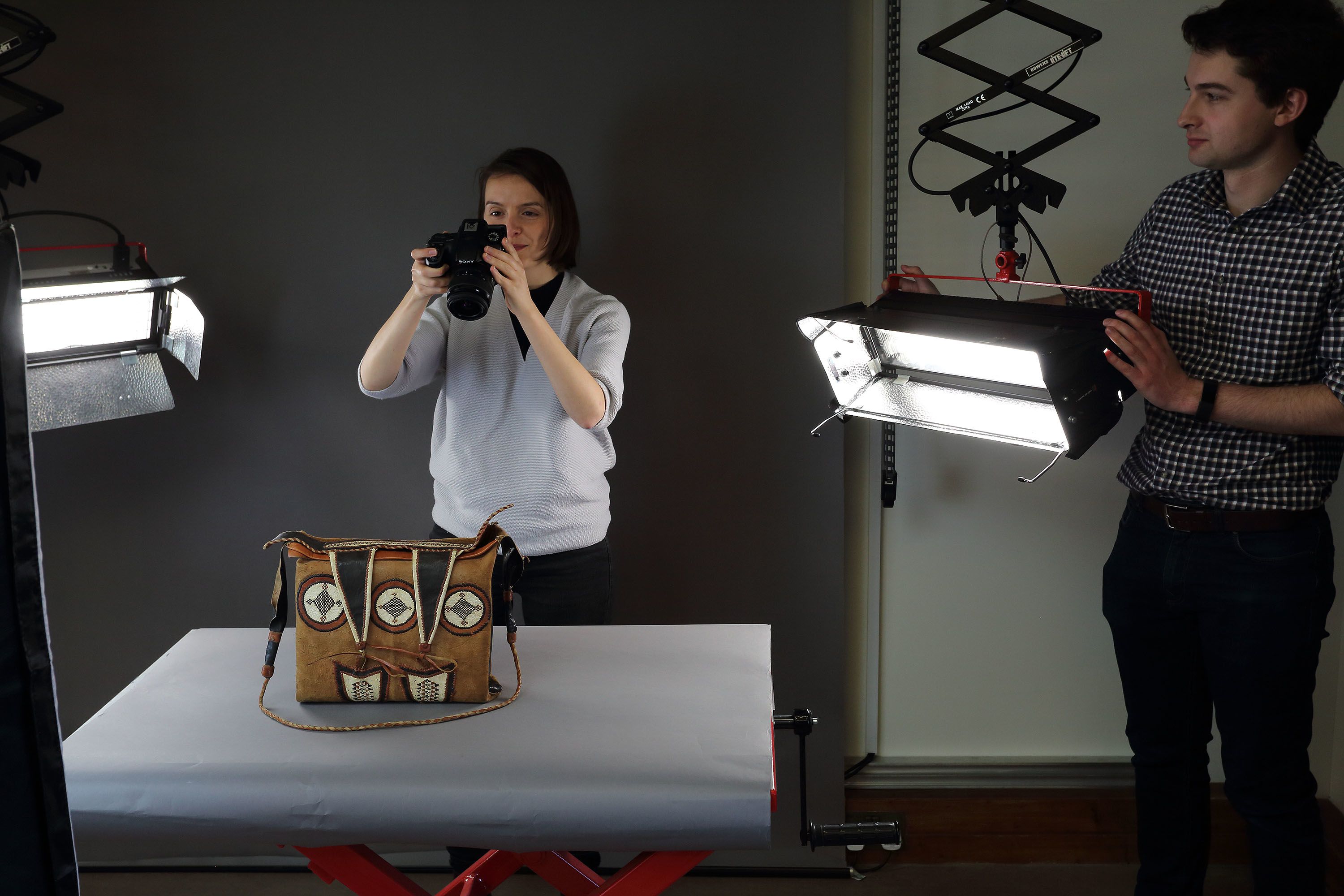
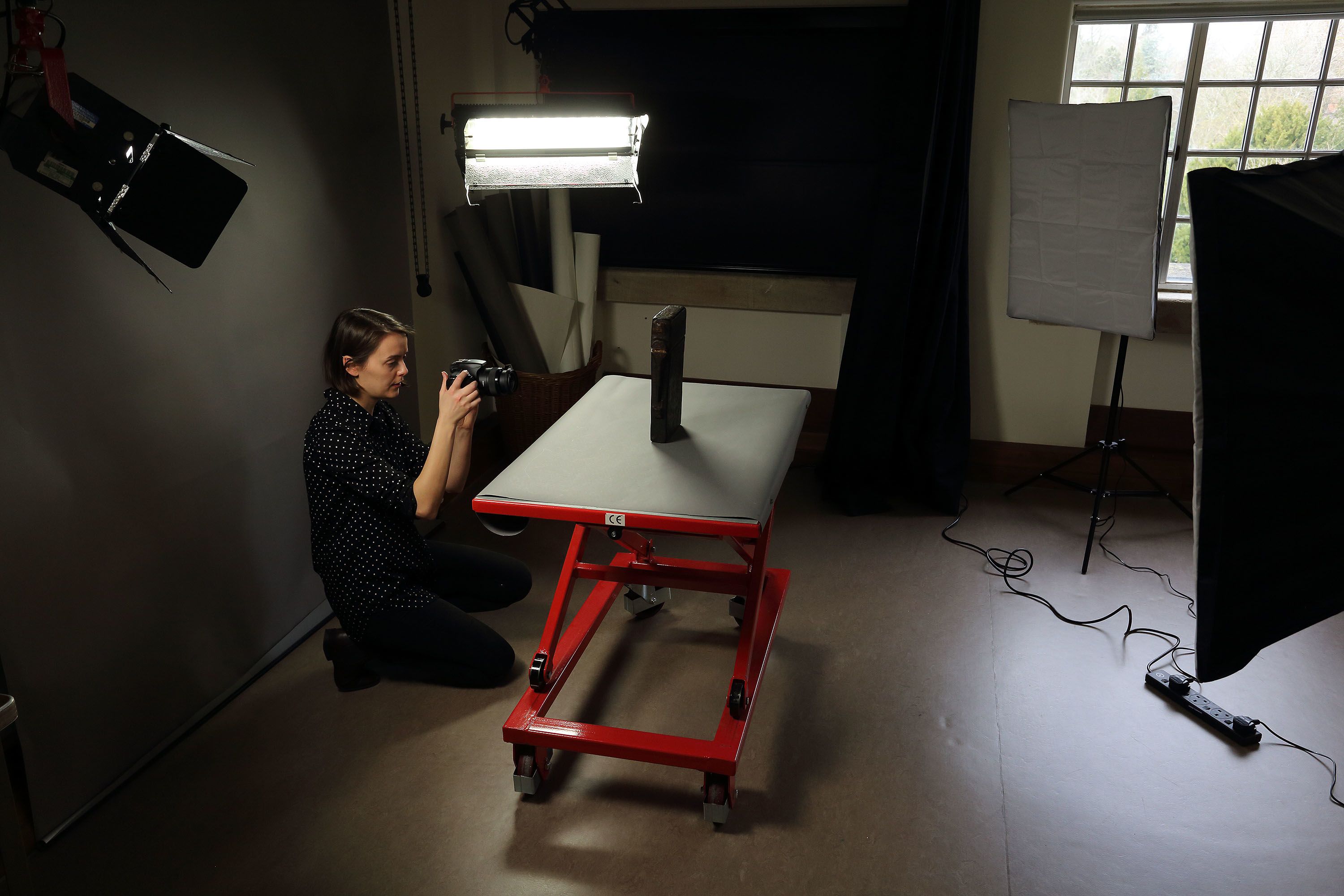
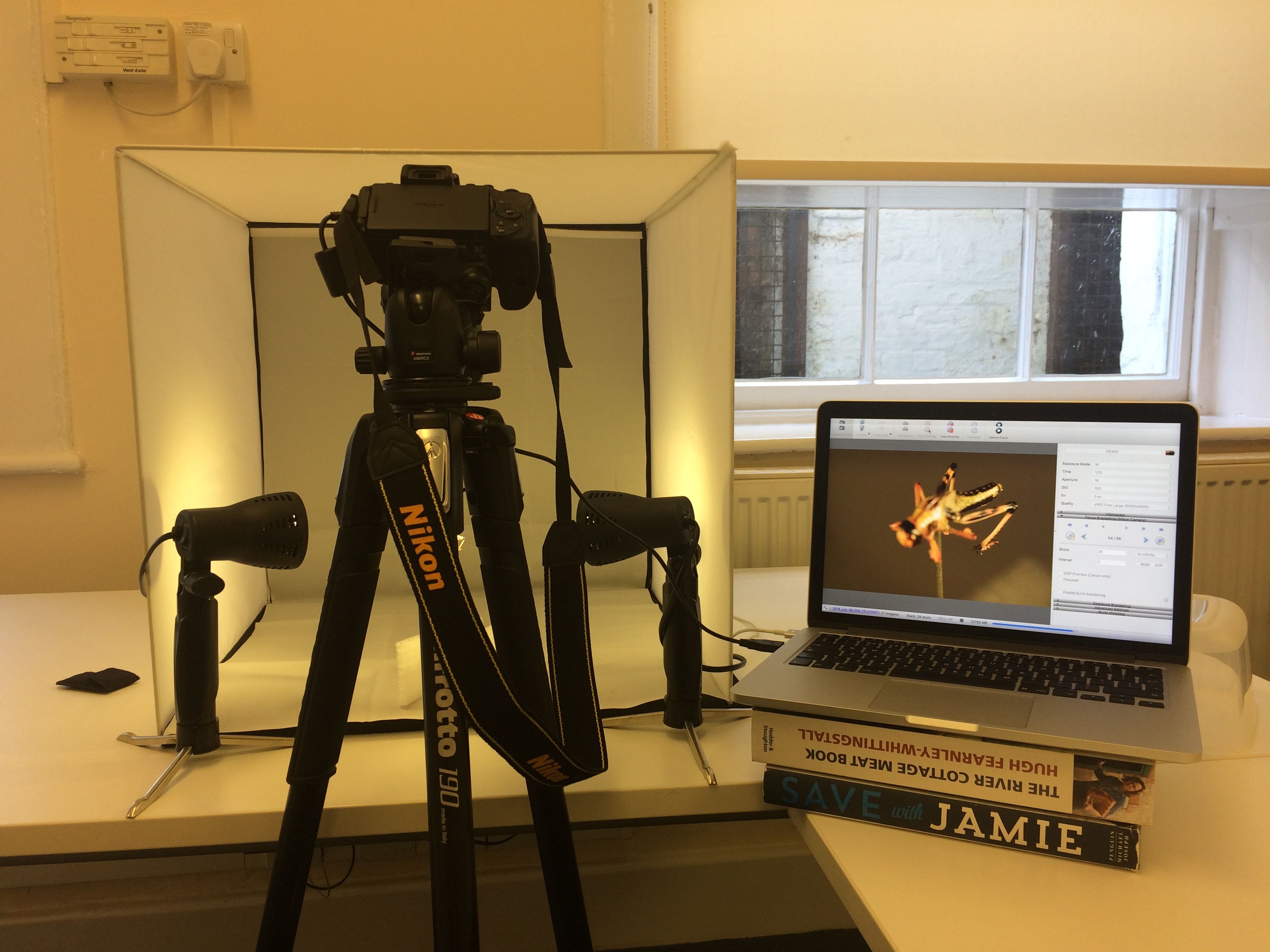





The Cabinet project has also provided a platform for organisations to engage with new audiences, with projects such as Remembering the First World War in 10 objects, in collaboration with the Commonwealth War Graves Commission and the Lest We Forget project, and the Pitt Rivers’ Travels in Finland and Bosnia-Herzegovina exhibition. It has transformed public access to Oxford’s collections through its collaboration with the Pitt Rivers Museum, and by providing access to 3D content from the Bodleian Libraries exhibitions on touchscreens at the Weston Library as well as online.
Cabinet has also developed exciting additional functionality for the museum setting. With the ‘Open Cabinet’ web app, when visitors hold their phone or tablet up to a display case at the Pitt Rivers Museum an interactive, augmented-reality 3D model will appear. As with Cabinet, the user can virtually ‘handle’ the object, and access contextual information provided by curators and scholars.
The Pitt Rivers Museum has been trialling the use of this tool in the museums, with work on over 30 objects in progress. The new interface includes a range of accessibility features to reduce barriers to visitors. Being able to isolate an object and rotate it in augmented reality (AR) allows you to view it in ways that are not physically possible when it is in the display cabinet. The Cabinet project has also explored 3D printing to improve access to objects and aspects of the museum’s architecture, piloting its use with blind and partially sighted visitors.
The potential benefits of this type of digitisation and AR technology need not be confined to the humanities, or indeed to Oxford. As Professor Hotson points out, there is vast potential to ‘use the collections and the academics in Oxford to create an environment in which the world’s best experts use the world’s best collections to create next-generation education materials higher in quality than anything we have seen before’. That is the next big goal.
'Cabinet is considered world leading in its approach to digital learning with objects and there is so much more to explore. Working with AR/XR technologies allows us to reimagine the way we approach and explore objects from the museum to the classroom, opening up new encounters with collections and ideas.'
Dr Kathryn Eccles of the Oxford Internet Institute, PI of the original Cabinet project



